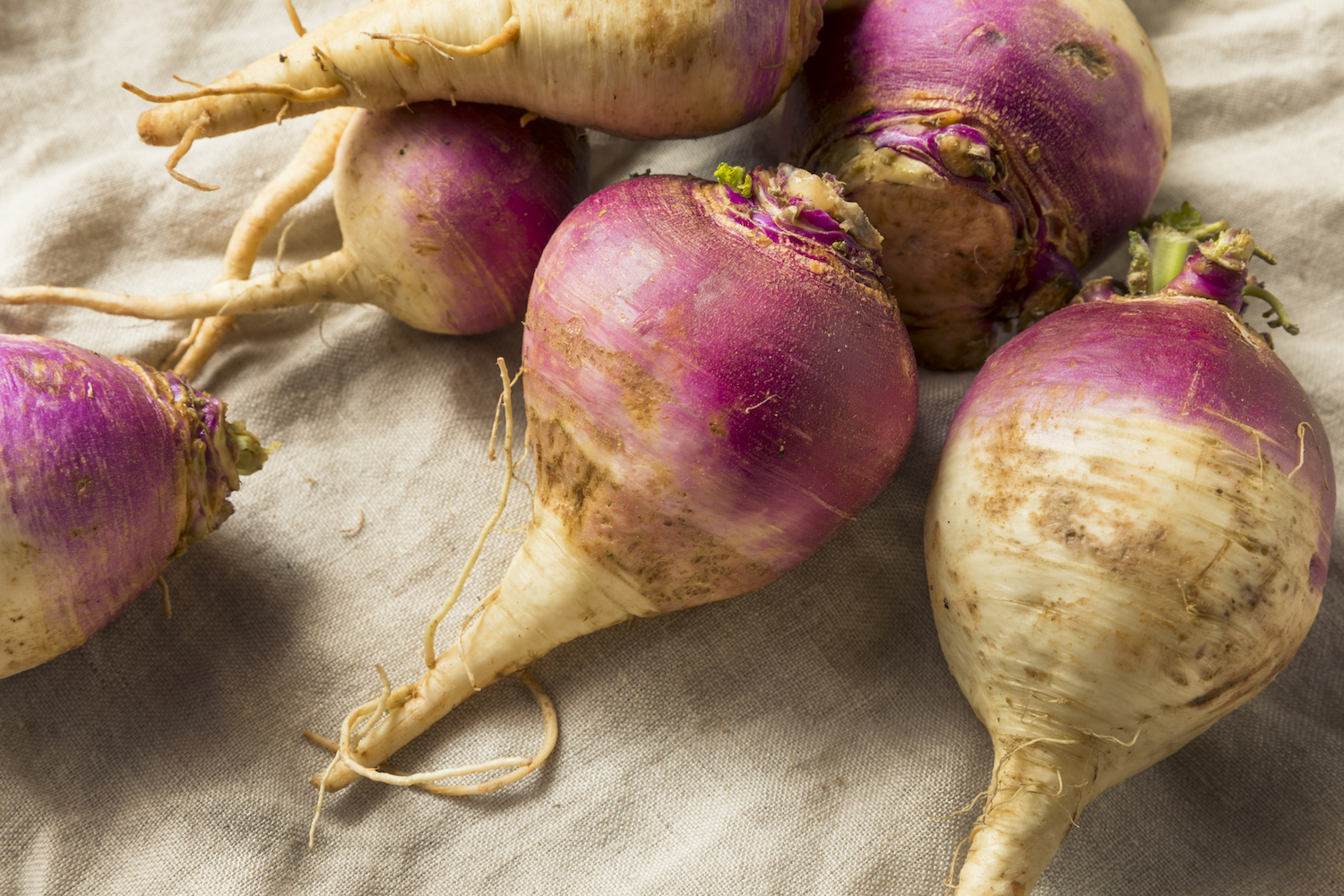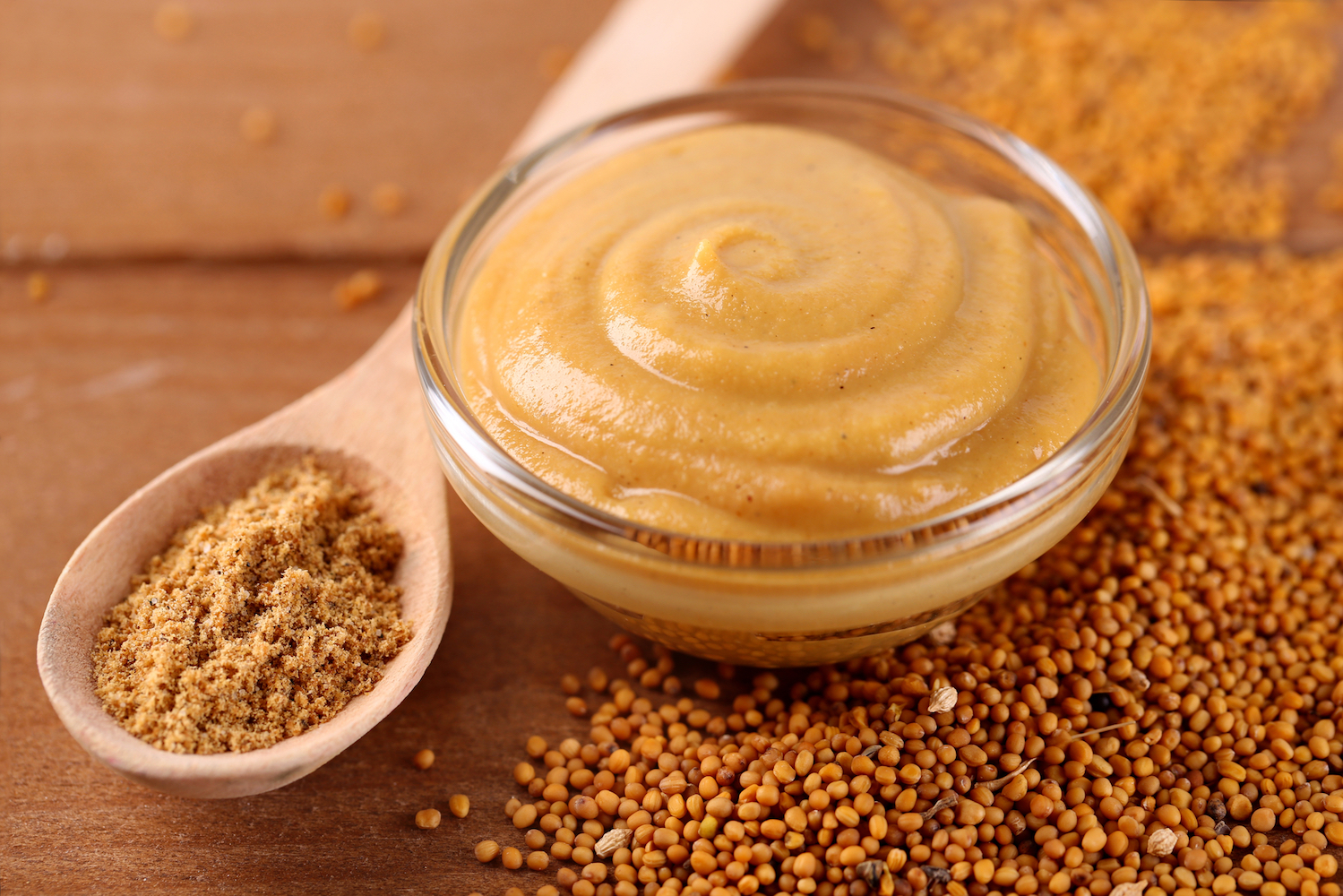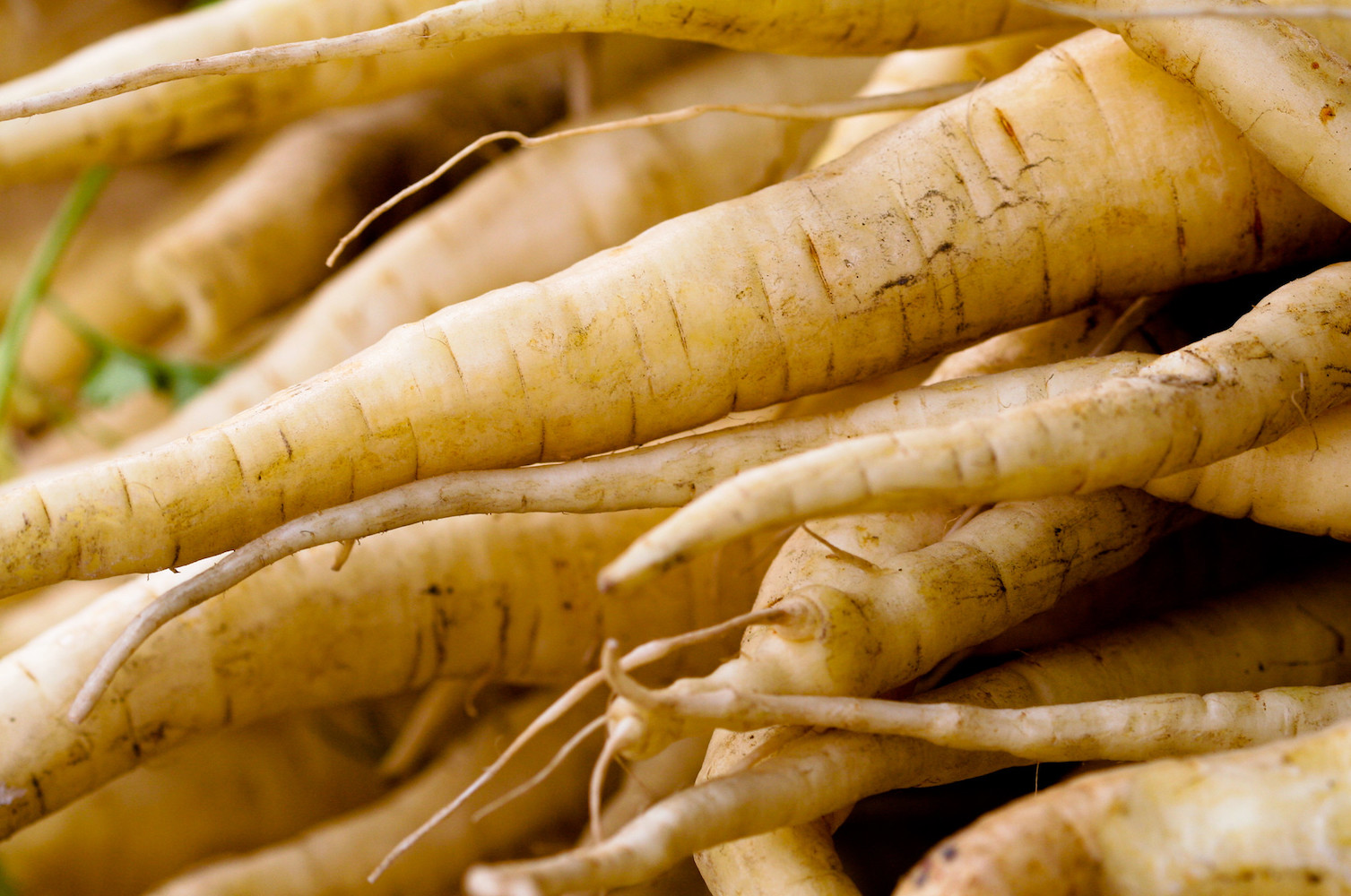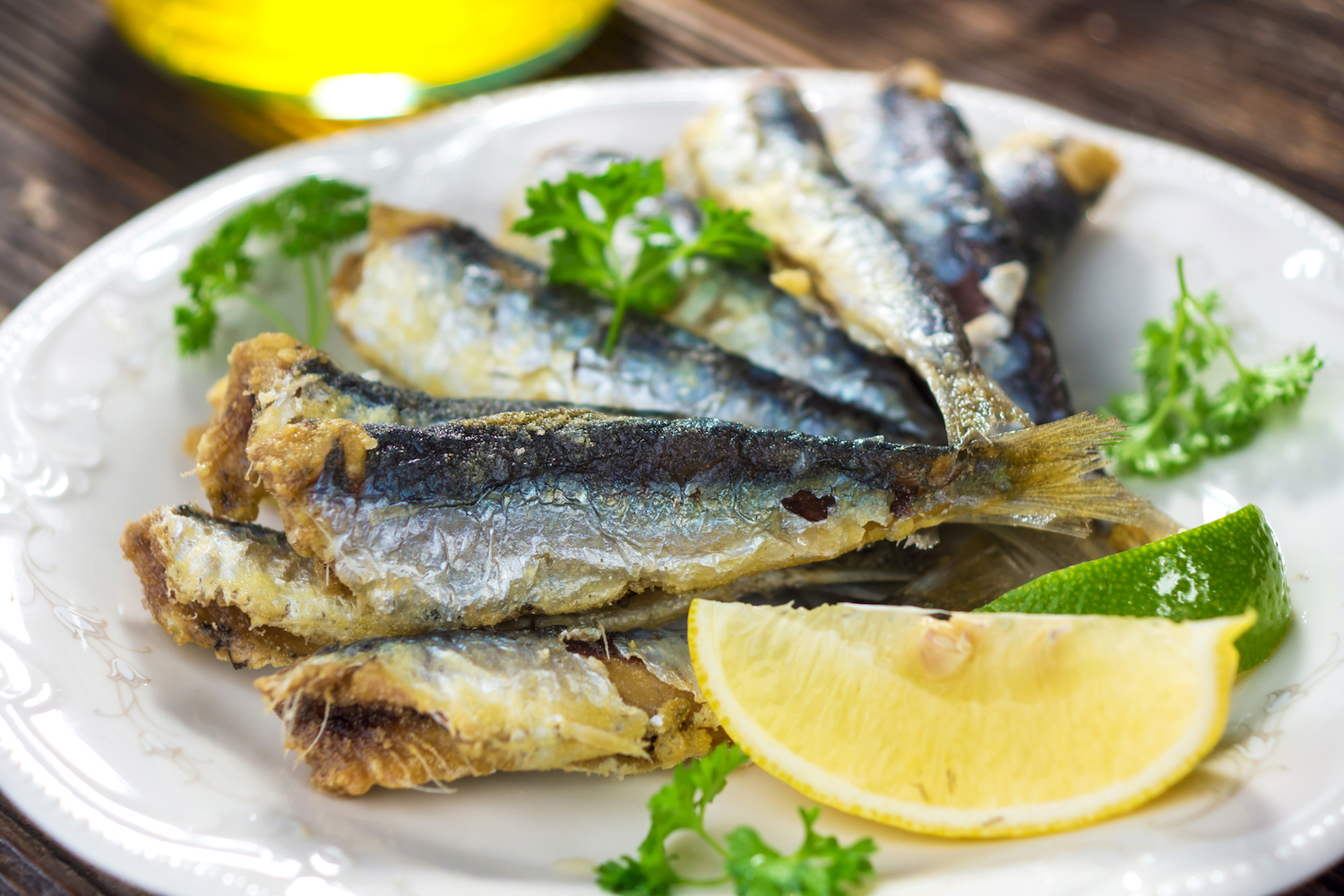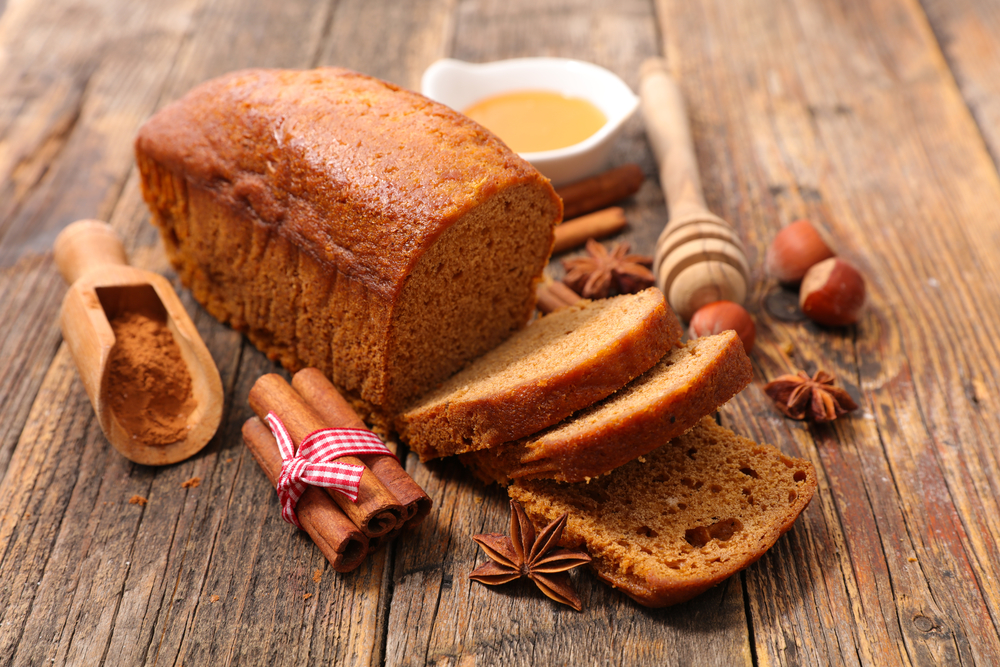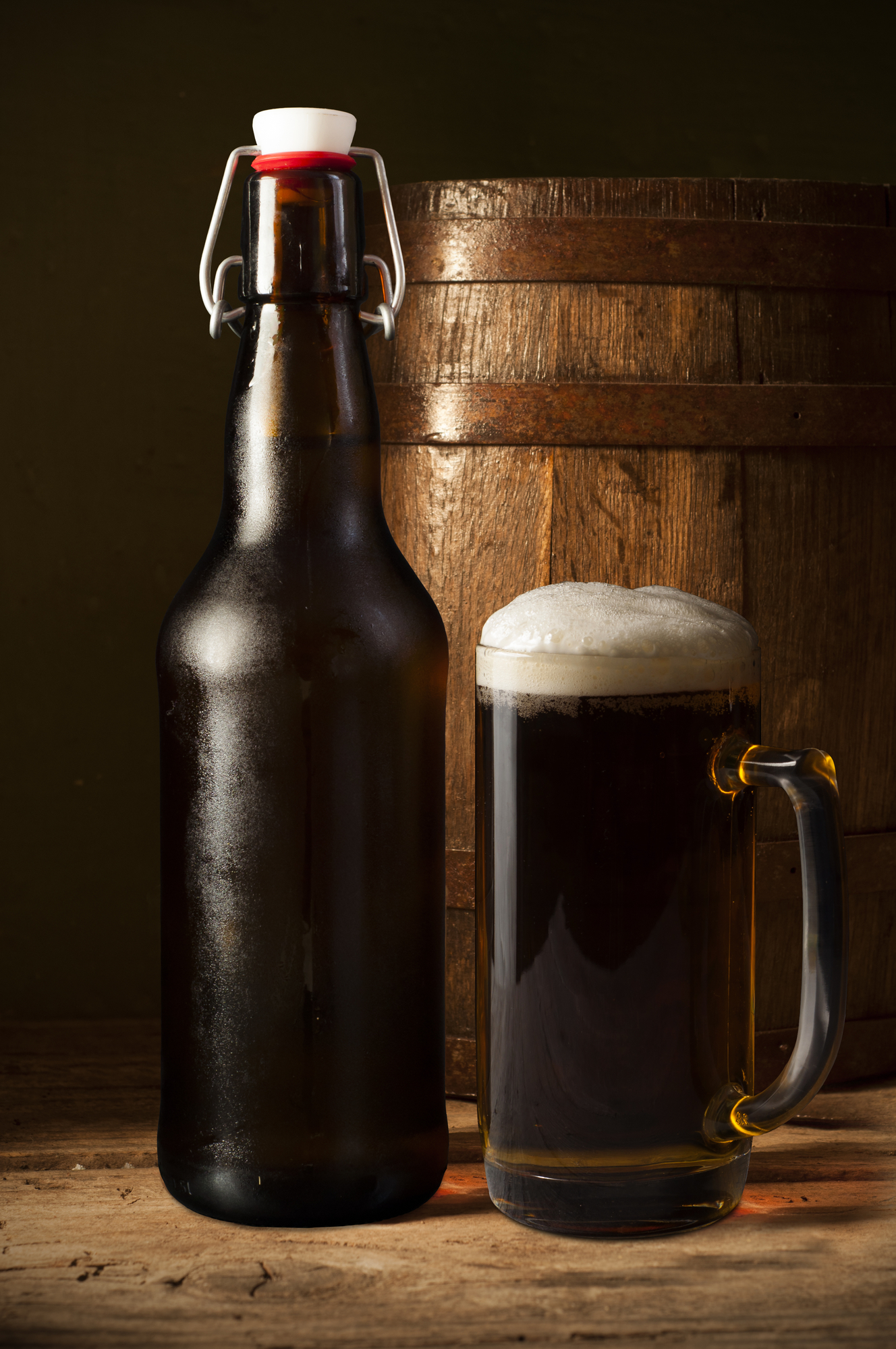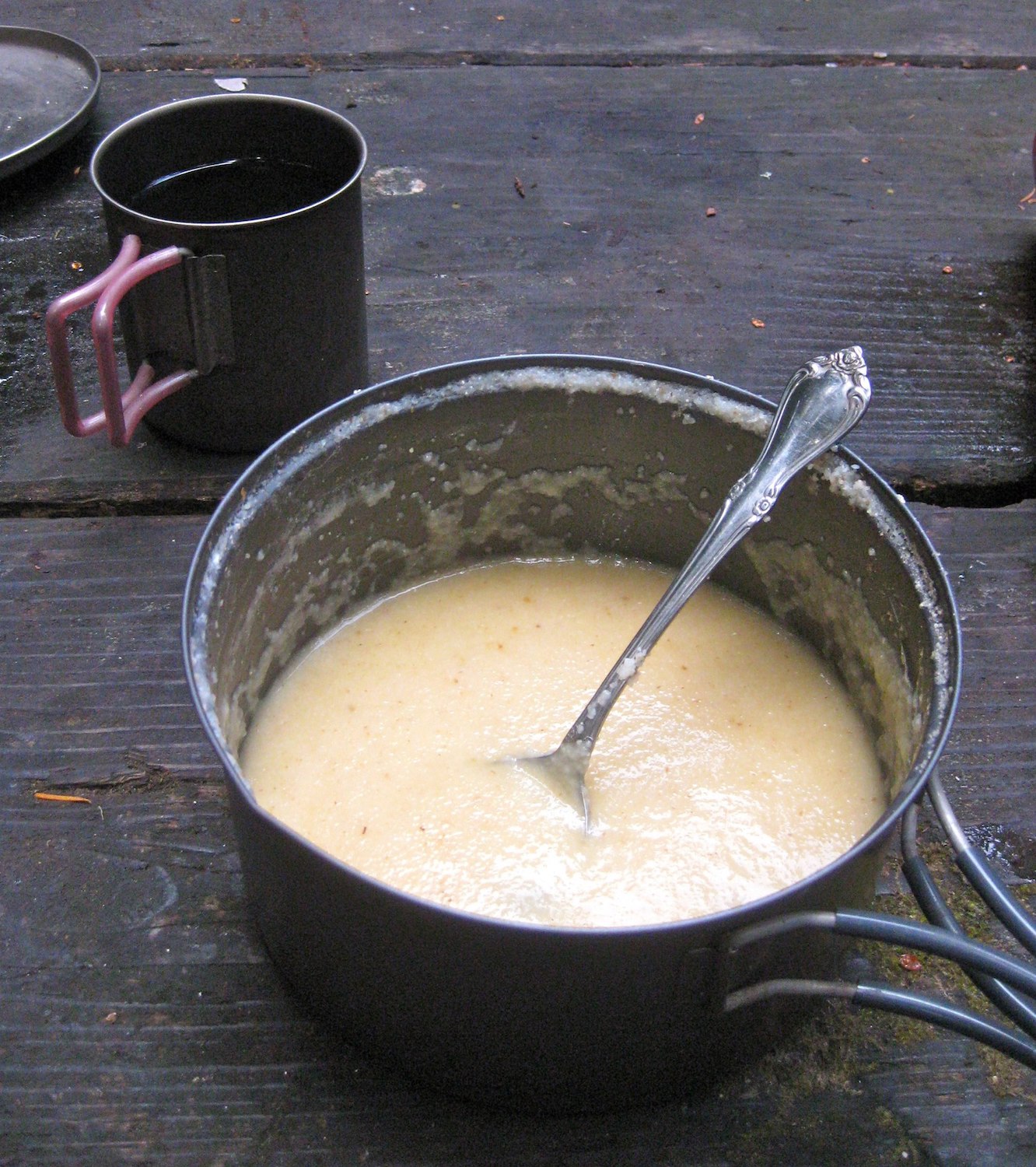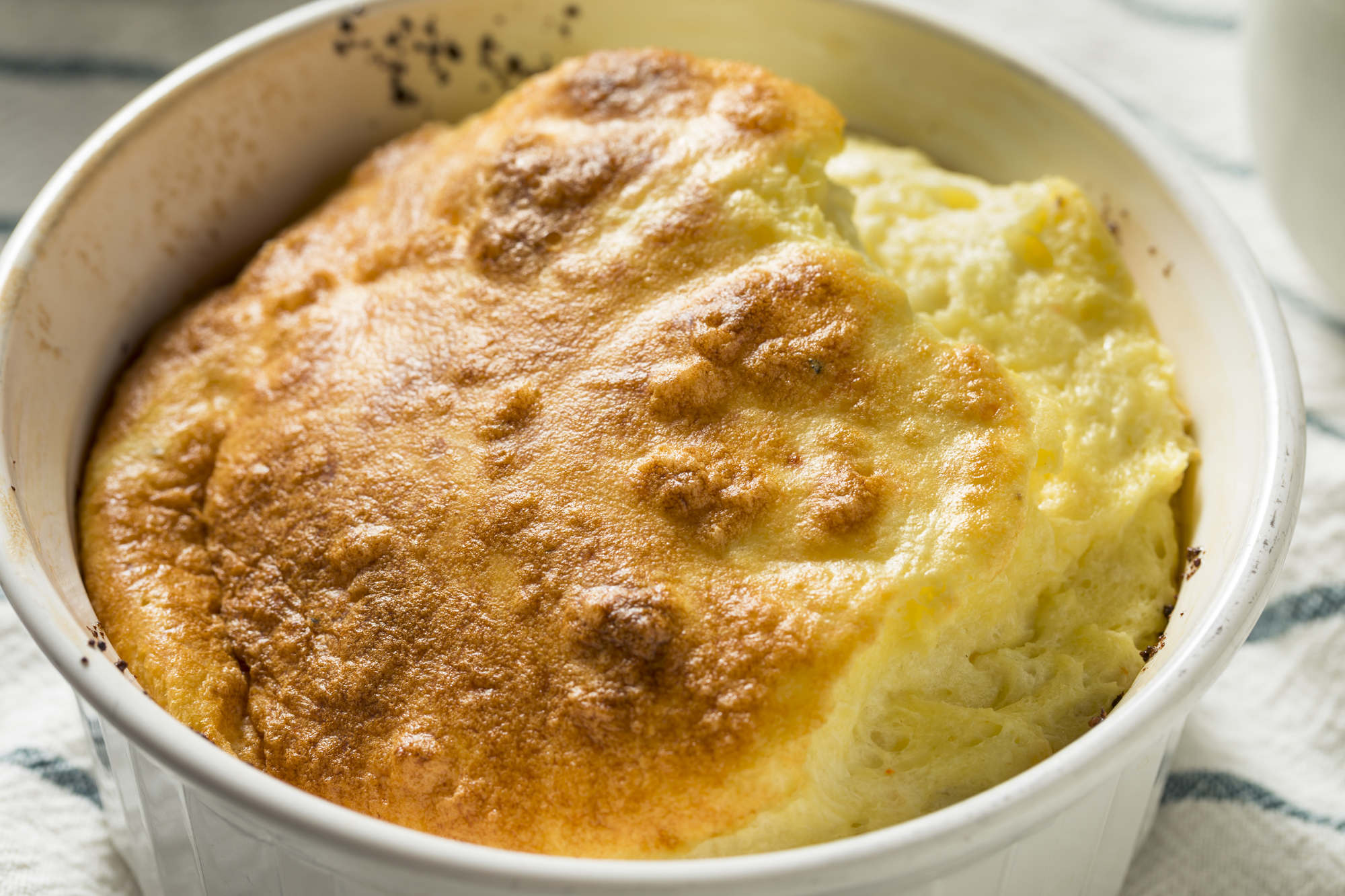Interesting Ways to Cook Turnips
Turnips were brought to American colonies by early European settlers and grow best in cool climates. Spring varieties don’t keep very long, but winter varieties can be stored in a cool place for a couple of months. So early Americans were able to enjoy turnips and other root vegetables during the cold winter months. INFORMATION BELOW FROM 1800s COOKBOOKS Turnips have a strong flavor, which is disliked by many persons and disagrees with some. However, much of this can be dissipated…
